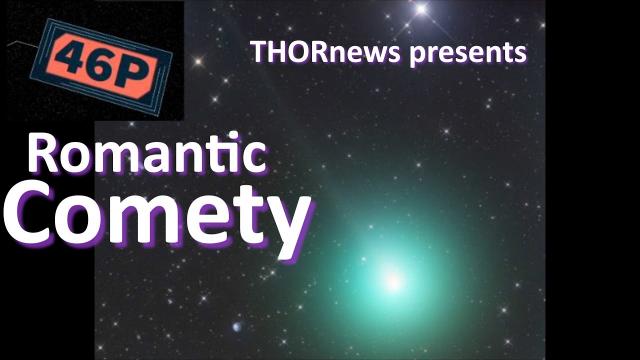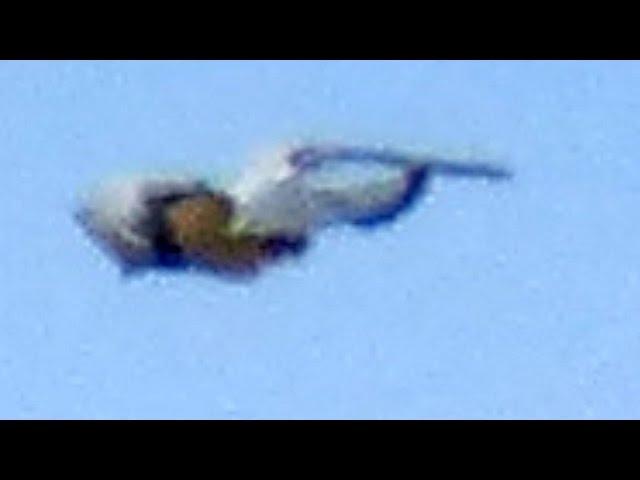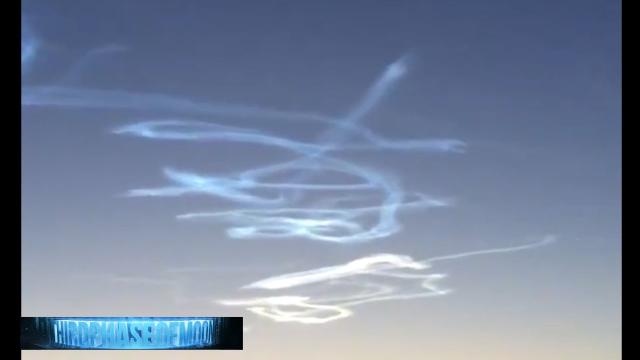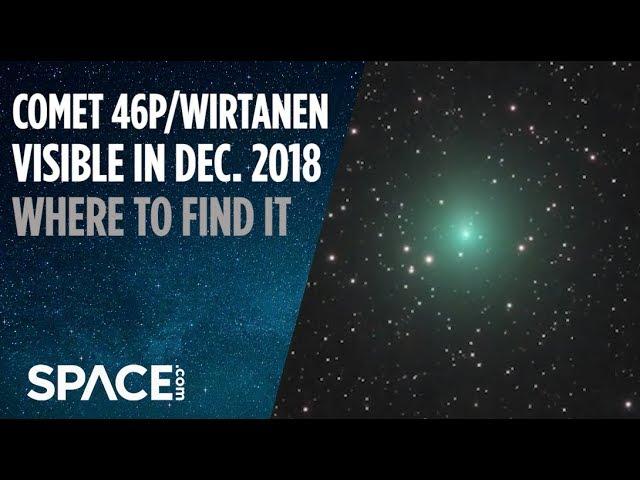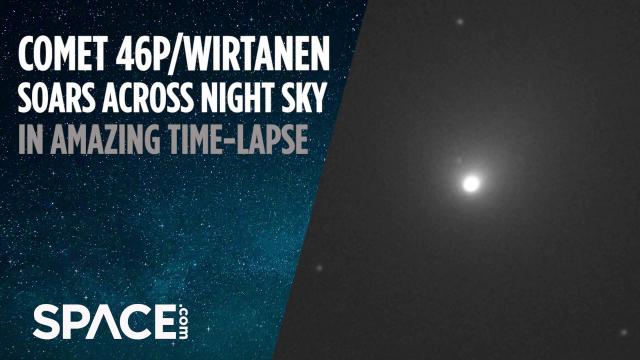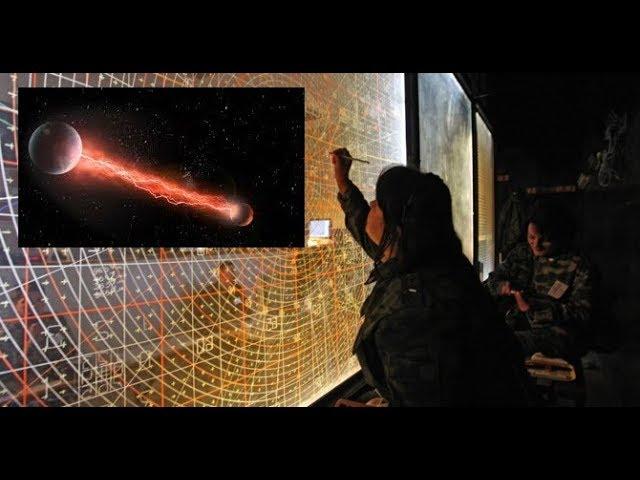Crazy Close Comet 46p Wirtanen Will it kill us? Will it hurt us? Can you see it in the sky?
Description
It's at Magnitude 4.2 with 5 days to brighten! This is exciting.
God bless everyone,
T
https://www.paypal.me/THORnews
@newTHOR on twitter
https://www.facebook.com/thornewsgo
Tshirts
https://hitthebuttonbaby.com/
article on comets
https://www.newsweek.com/comet-46pwirtanen-geminids-astronomy-december-night-sky-1253055
COMET 46P/WIRTANEN: HOW TO WATCH THE BRIGHTEST COMET OF THE YEAR
targazers are in for a treat this week with both the dazzling Geminid meteor shower and a nearby comet lighting up the night sky.
Comet 46P/Wirtanen is set to make a close approach to Earth on Sunday morning, according to the University of Maryland's Comet Wirtanen Observing Campaign.
Read more: The Geminid meteor shower is coming—here's the time, date and forecast for the shooting star display
"Comet Wirtanen is one of the brightest we've seen around for a while and it will be coming relatively close to us: about 11 million kilometers, making it the 20th closest comet we know about," Gianluca Masi, an astrophysicist and director of the Virtual Telescope Project, told Newsweek.
Such a bright comet is a rare sight, he added, so its a great target for astronomy lovers. "It is visible with the naked eye from dark places and a very easy target for ordinary photographic setup," he added.
The small comet will zip past Earth at a distance of just 7,199,427 miles, Space.com reported. According to EarthSky, it’s going to be the brightest comet of the year.
Unfortunately, because of its relatively measly size, it’s not going to put on the most dazzling display. The nucleus—the comet’s solid center, also known as a dirty snowball—only around one-tenth the size of Halley’s Comet, 46P probably won’t have much of a tail.
Although it should be just about visible with the naked eye at its brightest, you’ll likely get a much better view with binoculars or a telescope. Its light will stretch over a large atmosphere, meaning the comet will look big, diffuse and dim, EarthSky reported.
According to observatory website In-The-Sky, 46P will be visible from New York City from around 5.38 p.m. ET on December 16. It will appear at 31 degrees above the eastern horizon, eventually fading at around 3:40 a.m. ET at 17 degrees above the western horizon.
Over in San Francisco, it will become visible at 32 degrees above the eastern horizon at about 5:57 p.m. PT. It will travel through the sky until it disappears 18 degrees above the western horizon at approximately 3.50 a.m. PT.
Given the comet may be difficult to spot, it's important to make sure you're in as dark a spot as possible, and that your view isn't blocked by buildings and trees.
If you're in the countryside, a dark, open space like a field will offer a good platform to watch the skies with some friends. If you're in a city, light pollution will be harder to escape. If you can't travel out of town, try and find as dark a spot as possible, with a clear view of the sky.
As always, stargazing also relies on clear skies.
Various websites, including the University of Maryland's, offer finder charts that show where to look out for 46P in relation to the stars, every night over the next two months.
If you don’t have the chance to search for 46P yourself, you can watch the spectacle online instead, with several observatories live-streaming the comet's passage.
The Virtual Telescope Project will offer streams Wednesday—when 46P reaches its minimum distance from the Sun—and Sunday from 5 p.m. ET. Slooh will offer a stream Thursday from 6 p.m. ET until 10 p.m. ET.
The comet was originally discovered in 1948 by American astronomer Carl A. Wirtanen—hence the name. In case you were wondering, that’s pronounced “WERE - tuh - nun,” according to the University of Maryland, who contacted his wife, Edie, to be sure.

